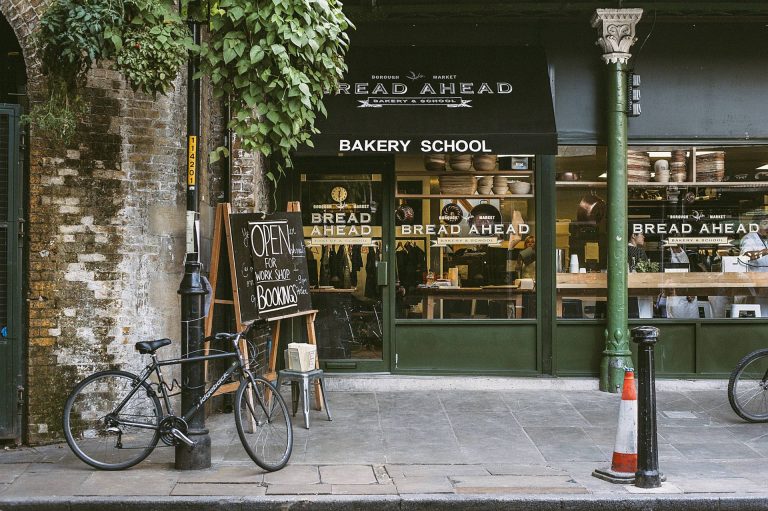Brown Pigment in Vintage Photos
Vintage photos have a unique power to transport us back in time, capturing moments from eras long past. One of the most intriguing aspects of these photos is the brown pigment that often characterizes them. This hue adds warmth and a sense of nostalgia, turning photographs into more than just images—into pieces of history with stories to tell. Let’s explore the world of brown pigment in vintage photos, delving into its origins, significance, and how you can achieve similar effects today.
The Early Days of Vintage Photography
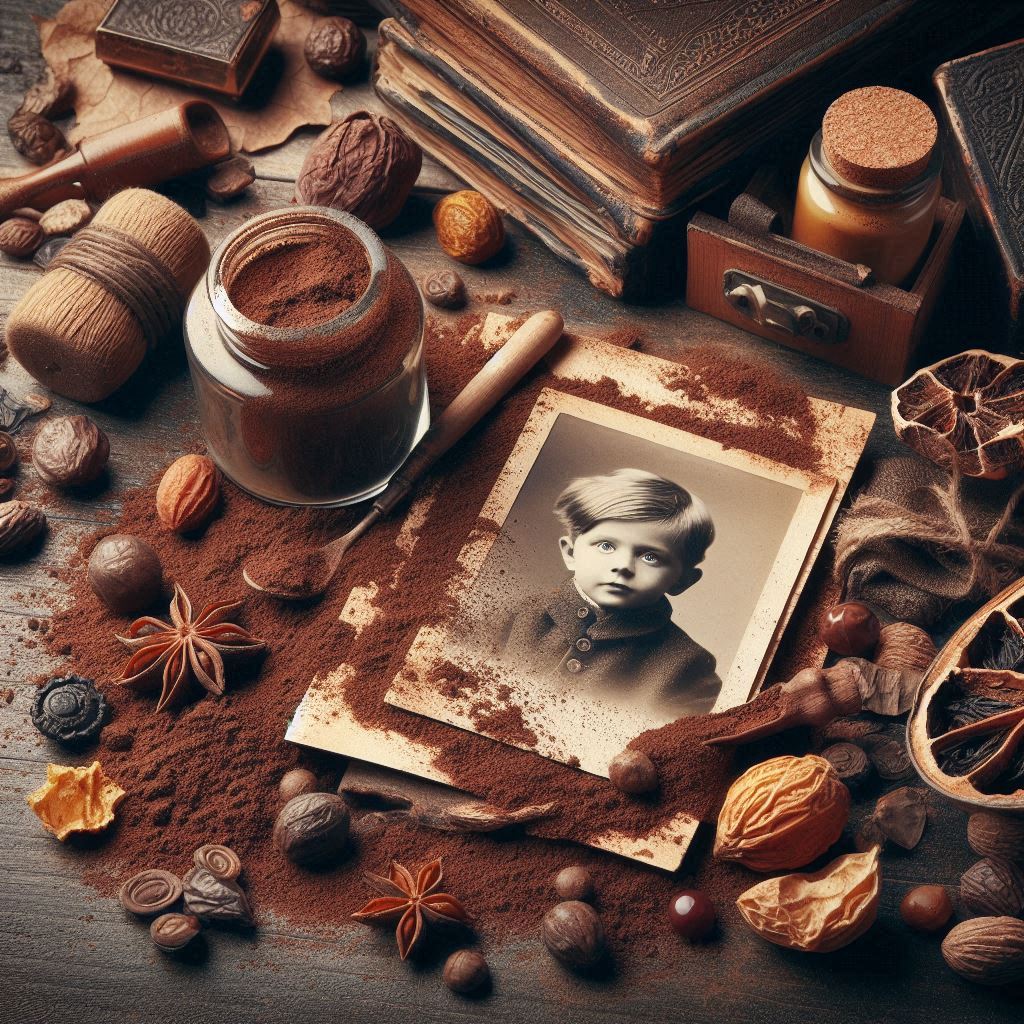
Photography began in the 19th century with processes that seem primitive by today’s standards. The first practical photographic method was the daguerreotype, introduced by Louis Daguerre in 1839. This process used a silver-coated copper plate to capture images. As photography evolved, so did the techniques and materials, leading to the development of albumen prints, gelatin silver prints, and eventually, sepia-toned images that we often associate with vintage photos.
Understanding Brown Pigment
So, why was brown pigment so common in vintage photos? The answer lies in the chemistry of early photographic processes. The brown tones we see in many classic photos result from the use of silver-based compounds and the application of sepia toning during the development process. Sepia toning replaced the metallic silver in a photograph with a more stable silver compound, creating a brown or reddish-brown hue.
The Sepia Process
Sepia toning is a photographic technique that imparts a warm brown tint to images. Initially, it was used to extend the lifespan of photos, as the sepia compounds were more stable than the metallic silver used in black-and-white photographs. Over time, this technique became popular for its aesthetic appeal, giving photos a timeless and dignified look.
How It Enhances Photos
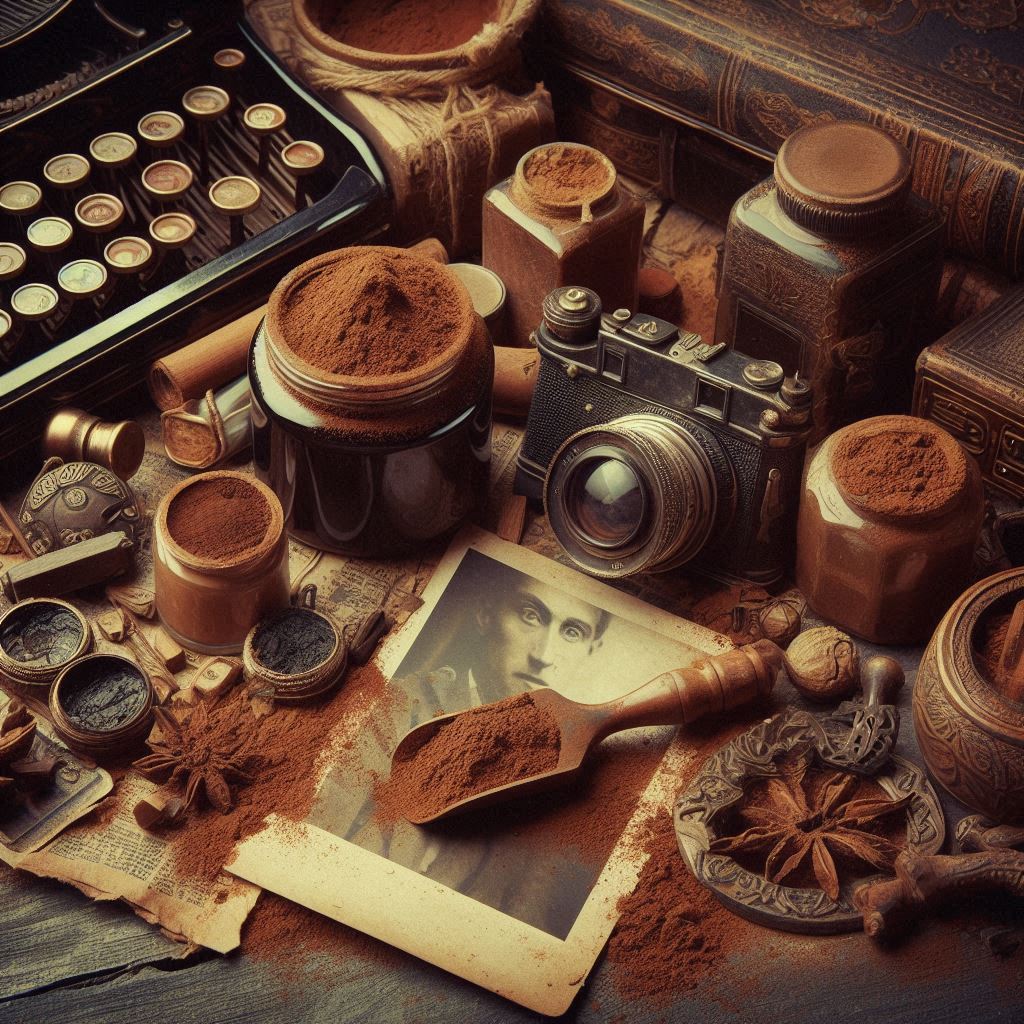
Sepia toning enhances photos by adding depth and warmth, making them more visually appealing. The brown tones evoke a sense of nostalgia and reflection, transforming simple moments and scenes into cherished memories.
Brown Pigment vs. Black and White Photography
When comparing sepia-toned images to standard black-and-white photography, the differences are striking.
- Aesthetic Differences: Sepia-toned photos tend to have a warmer, softer feel compared to the stark contrast of black-and-white images. This warmth can make subjects appear more lifelike and approachable.
- Emotional Impact: The emotional impact of sepia-toned photos is significant. The brown hues can evoke feelings of care, longing, and introspection, creating a stronger emotional connection with the viewer.
Challenges in Preserving Vintage Photos
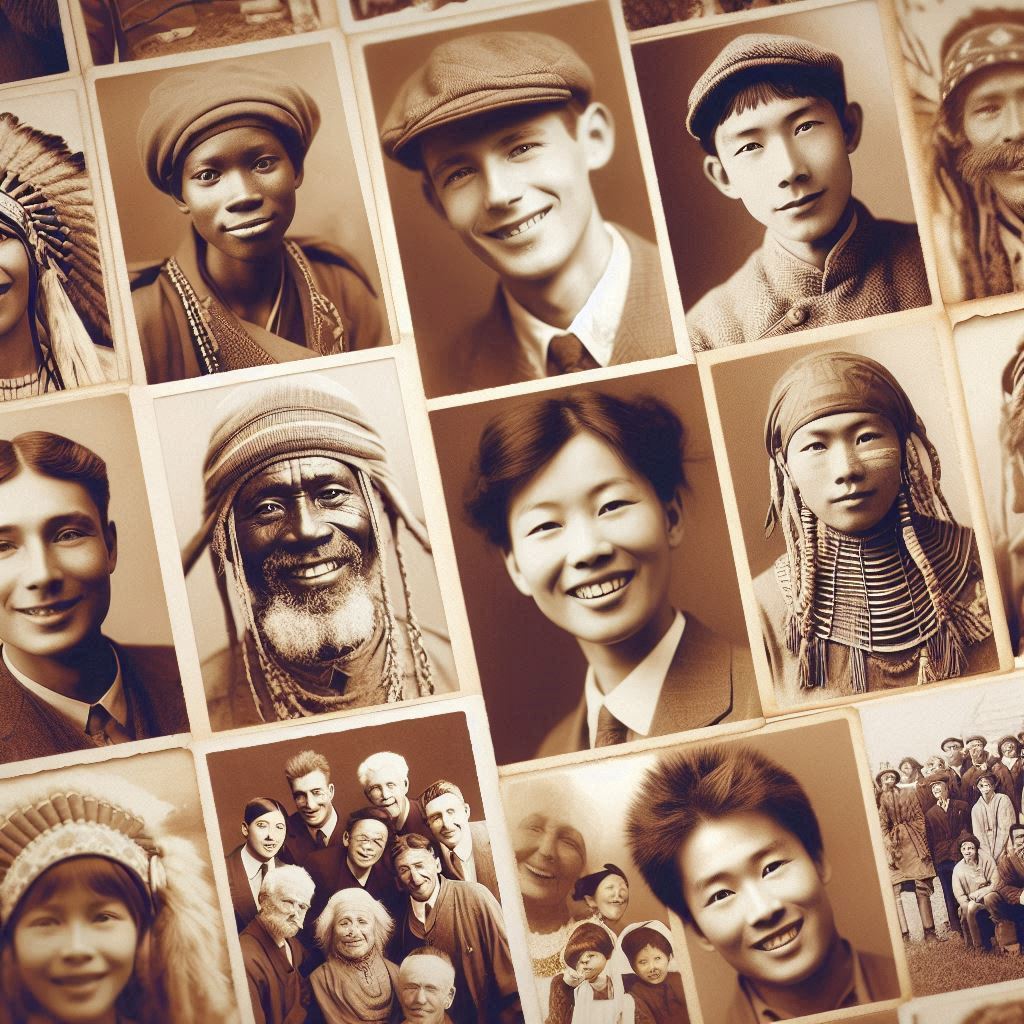
Preserving vintage photos, especially those with brown tones, presents unique challenges. The chemical materials used in early photography can degrade over time, leading to fading and discoloration.
Modern Preservation Techniques
Today, conservators use advanced techniques to preserve vintage photos, including climate-controlled storage, digital restoration, and archival-quality materials to protect the original prints.
The Science Behind Brown Pigment Fading
The fading of brown pigment in vintage photos is influenced by several factors.
Causes of Decay
Exposure to light, especially ultraviolet light, can cause the pigments to break down. Humidity and temperature fluctuations can also contribute to the degradation of the chemical compounds used in the original development process.
Preventive Measures
To prevent fading, store vintage photos in a dark, cool, and dry environment. Using UV-protective glass or film when displaying photos can also help preserve their colors.
Notable Vintage Photographs
Examining famous vintage photos can provide insights into the use of brown tones and the stories behind these images.
Analysis of Iconic Images
For example, the Civil War photographs by Mathew Brady often feature rich sepia tones, adding depth and emotion to the scenes.
The Stories Behind the Photos
Understanding the context and background of these photos can deepen our appreciation of their historical and cultural significance.
Collecting Vintage Photos
For collectors, vintage photos with brown tones are highly sought after.
Tips for Collectors
When collecting vintage photos, look for images with well-preserved tones and minimal fading. Authenticity is crucial, so verify the provenance of the photos and be cautious of reproductions.
Ensuring Quality and Authenticity
High-quality vintage photos should have sharp details, strong tones, and minimal damage. Consulting experts or using authentication services can help ensure you’re acquiring genuine pieces.
Restoration Techniques
Restoring vintage photos requires a delicate balance between preservation and maintaining the original character of the image.
Balancing Restoration with Authenticity
The goal is to enhance the image while preserving its historical integrity. Over-restoration can sometimes strip away the original charm, so it’s essential to proceed carefully.
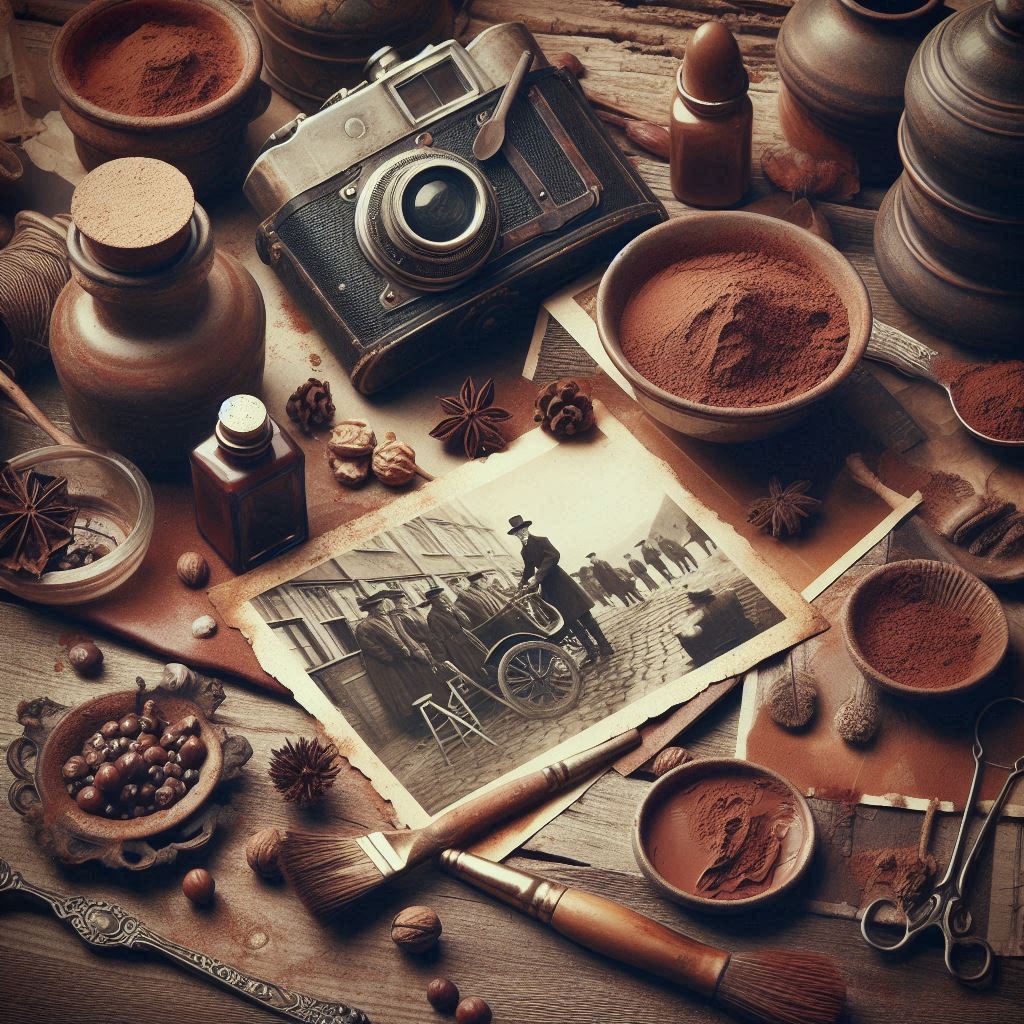
Conclusion
The enduring appeal of brown pigment in vintage photos lies in their ability to connect us with the past. These photos, with their warm hues and rich textures, tell stories that transcend time. Whether you’re a photographer, a collector, or simply an admirer of classic art, the allure of sepia tones in vintage photos is undeniable. By understanding their history, significance, and preservation techniques, we can ensure that these precious pieces of our heritage continue to captivate future generations.
FAQs
Why do vintage photos often have a brown tint?
Vintage photos often have a brown tint due to the use of sepia toning during the development process, which replaced metallic silver with more stable sepia compounds.
How can I preserve my vintage photos?
To preserve vintage photos, store them in a cool, dry, and dark place, use archival-quality materials, and avoid exposure to light and moisture.
Can I create vintage-style photos with modern cameras?
Yes, you can create vintage-style photos with modern cameras by using photo editing software to apply sepia tones and other classic effects.


